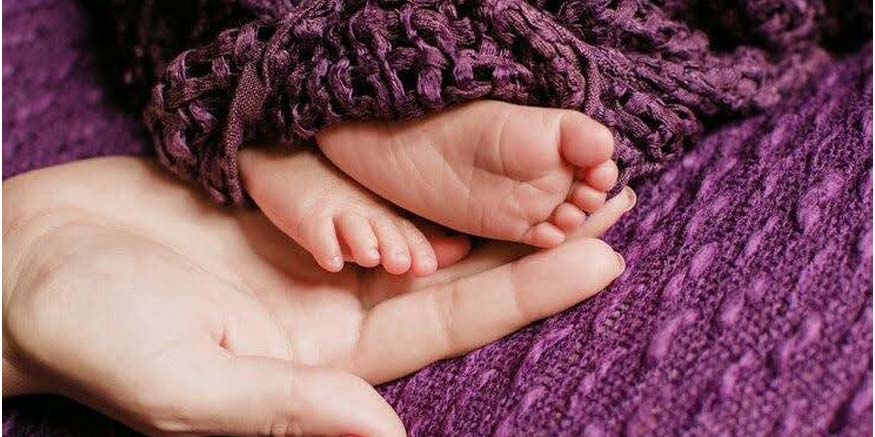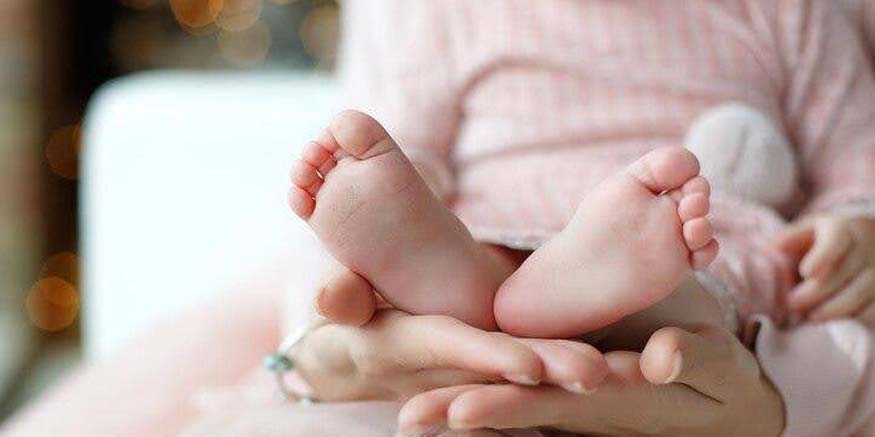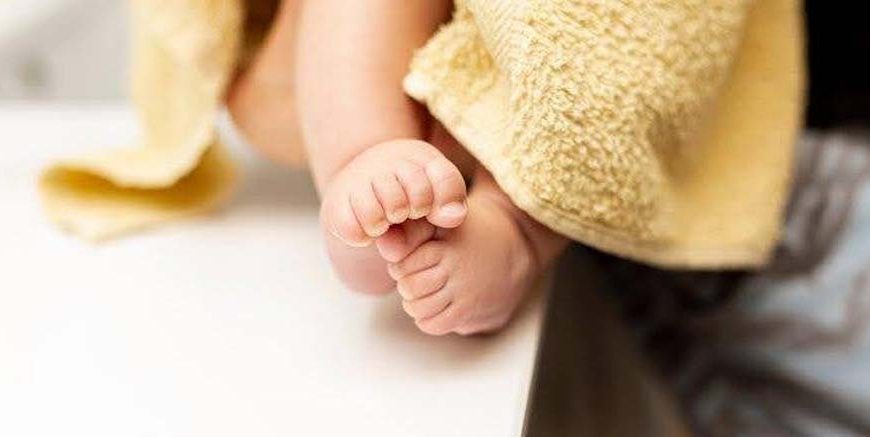One of the questions parents often have when they have a baby is why their child has cold hands and feet all the time. It is a phenomenon that can be as confusing as it is troubling, prompting people to ask questions as to what may have led to it and what can be done to stop it. So here in this extensive guide-blog post, we will uncover why babies have cold feet and hands, demystify myths and misconceptions and offer tips to manage your baby’s temperature problems.
Table Of Contents:
- Baby Cold Hands And Feet
- Why Baby Hands And Feet Cold
- Causes Of Very Cold Feet And Hands
- Addressing Cold Hands and Feet in Babies
Baby Cold Hands And Feet:

Cold hands and feet are normal in newborns and baby infants and this does not call for panic. This may be as a result of their immaturity in being born with their heads incomplete and having fairly ill-developed circulatory systems and extremely poor thermoregulation mechanisms. Also, they concluded that babies have a tendency of having larger surface area mass ratio than that of adults in this case they metal loses body heat more often.
Families become anxious when their children have cold hands and feet, but this is just a passing phase in children. With the development of the hip and axial musculosum systems, children learn to align their bodies in such a way that heat exchange is more efficient, and the condition of overheating usually disappears during the first months of life. What deficiency is associated with cold hands and feet Sometimes parents think that there is something wrong with the baby; maybe due to the hands and feet being cold then end up being wrong by thinking the body is lacking some nutrients and among them is iron.
This is quite typical for term infants fed on normal diet or formula milk, but in this form only. It is quite true that cold extremities may be experienced due to IDA in older children and adults, although it should not be suspected merely as a result of cold hands and feet in newborns and young infants. Boys’ social interactions are unique because in most instances, the problem is a simple lack of thermoregulatory development and their small size does not allow for a balanced body temperature.
Why Baby Hands And Feet Cold:
There are several reasons why babies experience cold hands and feet, and understanding these factors can help alleviate parental concerns:
- Immature circulatory system:
- Underdeveloped temperature regulation:
- Surface area-to-mass ratio: Babies again have a larger surface area to mass ratio when compared to adults and therefore tend to lose heat through the skin more than the adults; something that would explain why babies have colder hands and feet than adults.
- Environmental factors:
- Growth and development :
It is for this reason that while pregnant or during early infant stages, the extremities of a human will always be cold because the blood circulation in them is not as effective as that of an adult.
Unlike adults’ bodies, babies’ bodies are not yet fully developed to regulate temperatures on their own. It is still a disability as their twitching muscles are not able to properly shiver, sweat or control blood flow for temperature regulation.
Other factors can worsen this problem in babies and include drafts, or lack of appropriate warm clothing for the weather.
In nature, there are changes, and in the same manner, during those periods where there is a growth and development babies undergo some fluctuations in body temperatures.
Causes Of Very Cold Feet And Hands:
Whilst it is unproblematically possible for a baby to have cool hands and feet slightly tingling, excessively cold is considered as a potential cause for concern because it may signal an existing condition. Here are some potential causes of very cold feet and hands in babies:
- Circulatory problems:
- Dehydration:
- Hypothermia:
- Respiratory issues:
- Metabolic disorders:
Seldom, health issues with the circulatory or heart systems are responsible for the blood’s poor circulation, and cold hands and feet ensue. If there are other symptoms together with coldness, it is necessary to turn to a doctor.
Cold hands and feet are manifested in severe cases when the individual is severely dehydrated and blood circulation is poor.
When the temperature dips low in a baby, the conclusion results in cold hands and feet and potential life-threatening hypothermia. This can occur in instances where one is exposed to cold weather for long or where the attire they are wearing does not cover them well.
Some respiratory diseases like chronic cyanosis, which is associated with a blue appearance of the skin because of inadequate supply of oxygen, leads to poor circulation and cold hands.
Several unusual metabolic pathologies, including hypothyroidism or certain genetic diseases, may cause cold extremities due to the nonstandard regulation of temperature.
If your baby’s hands and feet remain excessively cold despite efforts to keep them warm, or if the coldness is accompanied by other concerning symptoms, it’s essential to consult your pediatrician for a proper evaluation.
Addressing Cold Hands and Feet in Babies:

While cold extremities in babies are generally harmless and temporary, there are several steps you can take to help keep your little one comfortable and prevent excessive heat loss:
- Dress your baby appropriately:
- Use socks and mittens:
- Practice skin-to-skin contact:
- Use a warm water bottle or heating pad (with caution):
- Massage and exercise:
- Breastfeed or offer warm liquids:
- Adjust room temperature:
Ensure that the baby is not tightly dressed but he is dressed in many layers as a way of generating some heat. Select comfortable fabrics – it is best to avoid rubbing but to choose fabrics such as cotton or thin wool; it is also important that the layers don’t squeeze the body in any way.
This is another feature of newborns are that their hands and feet will remain soaked in warm socks and gloves. Swaddle or use a sleep sack: By covering the baby most of the time with blankets or by putting the baby in a sleep sack, then the baby will not lose heat by exposing most of his body to the air.
One will do well to hold his or her baby close to the body by bringing the child’s skin into direct contact with the skin to facilitate the transference of your body heat to the child.
There are such things as a warm water bottle or a heating pad which should be put next to the baby’s feet or hands, however always inspect the temperature and do not make it too hot to burn.
Even rubbing or rubbing your fingers on your baby’s hands or feet or if possible moving his limbs can increase blood flow to the parts hence enhancing the warmth.
Giving your baby a warm breastfeed or giving him/her warm fluids (if required based on the age) can help regulate the inside temperature of the baby’s body.
Ensure that the rooms have a moderate temperature range of between sixty-eight (68°F) and seventy-two (72°F) or two-teen (20°C) to twenty-two (22°C) are preferred without drafts, freezing or overheating.
Please bear in mind that if your baby’s hands and feet are still cold after following these steps, do not be alarmed as this is normal at this age, however, if you notice any worrying symptoms, they should consult their pediatrician as soon as possible. Hence, it is quite normal for infants, newborns and young infants to have cold extremities and thus, it is nothing to worry much about, especially considering their delicate circulation and practically underdeveloped thermoregulation systems. Sometimes, it may be quite worrying to parents, but it is usually just a phase that should clear up as the baby begins to develop. By understanding the underlying causes and implementing appropriate measures to promote warmth and comfort, you can help ensure your little one’s well-being during this transitional period.
For more such interesting blogs, Visit EuroKids















